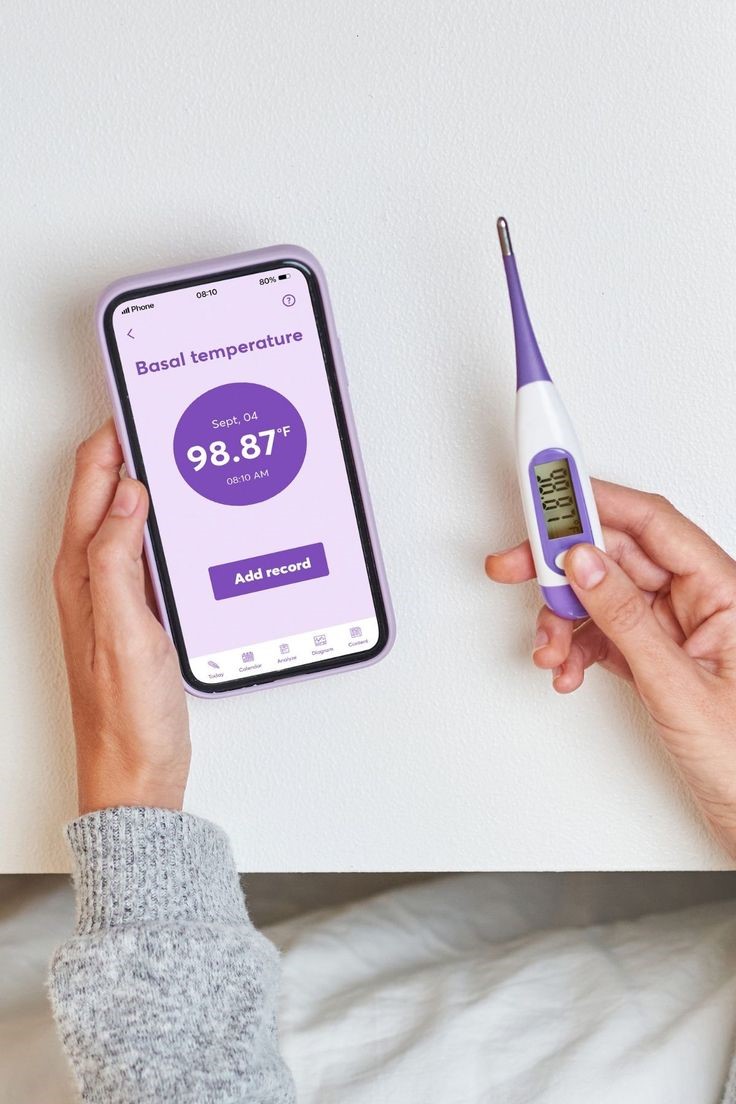
Tracking Your Basal Body Temperature (BBT)
You may have heard that tracking your basal body temperature (BBT) can help you conceive, but is there any truth to that? So, how do you actually do it? One way to get to know your cycle better is to track your basal body temperature (BBT). Your BBT rises just after ovulation, so by tracking it for a few cycles, you can figure out when you tend to ovulate.
Just a heads-up: your BBT isn’t the same as your regular temperature, and you have to measure it in a certain way to get an accurate reading.
What is basal body temperature?
Your BBT is your resting body temperature, or your lowest temperature when you're completely still (for example, after three consecutive hours of sleep).
What is it used for?
BBT helps you understand when you ovulate, which is when an egg is released from one of your ovaries. The egg will live for 24 hours, and if it gets successfully fertilized by a sperm during this time, then you will get pregnant. This means that the time around ovulation is when you are most fertile. So if you’re trying for a baby, measuring your basal body temperature could help you know when to have lots of sex.
How does BBT change after ovulation?
Once an egg has been released, your body’s resting temperature often increases very slightly. This is down to the hormone progesterone, which goes up just after ovulation to help your body prepare for a potential pregnancy. This progesterone spike also leads to a slight rise in body temperature, which then stays high until the end of your menstrual cycle – usually a few more days.
One way of tracking your ovulation is through OvuPro, a wearable stick that connects wirelessly with the OvuPro app and measures basal body temperature.
Detecting pregnancy on BBT Chart
Once ovulation occurs, your basal body temperature will gradually decline back to your baseline level just before your period starts. However, if you get pregnant, it will remain elevated. So, if you’ve observed an elevated temperature for 18 days or more, it could be one of the very early signs of pregnancy. It’s worth noting that this is not an exact predictor of pregnancy.
When does BBT drop if you’re not pregnant?
If you’re not pregnant, then the BBT will drop back down to your baseline, which usually happens a day or two before your period arrives. So, if you have a 28-day cycle, you’ll likely see the temperature drop around days 26 to 27.
It’s natural to feel emotional when trying for a baby, so try to be kind to yourself. If you haven’t conceived this cycle, it might be helpful to remind yourself that it’s not always as easy to get pregnant as we are led to believe. It can take time. If you’ve been trying for a year or six months if you’re over 35, you might want to consider reaching out to your doctor for some support and advice. You are definitely not alone.
